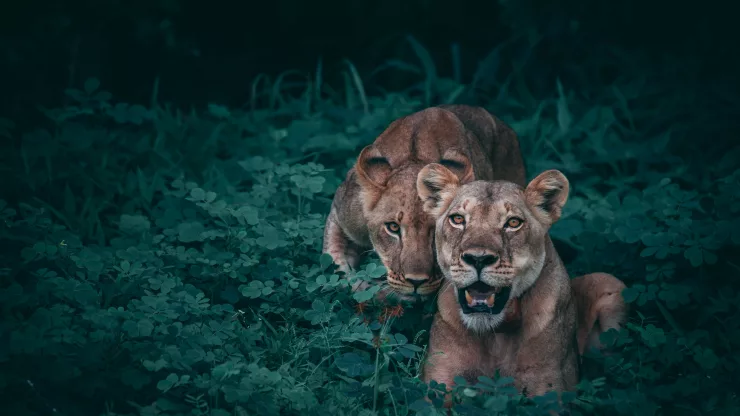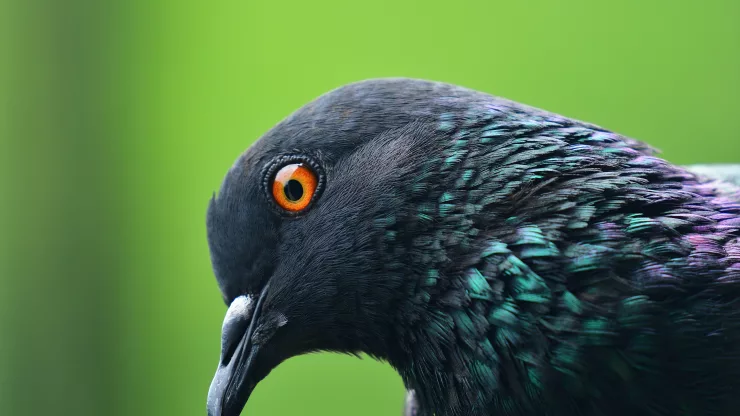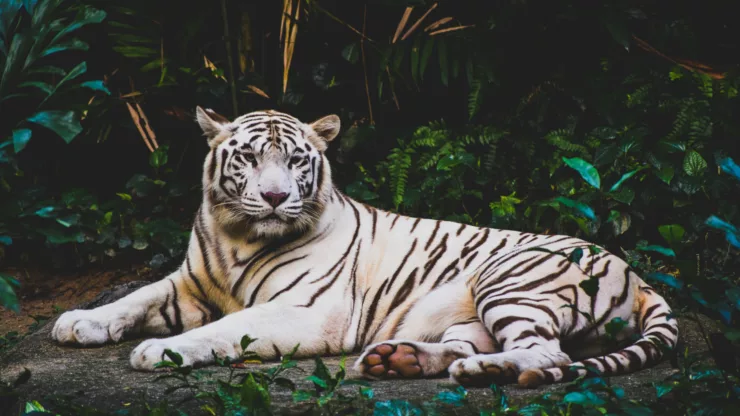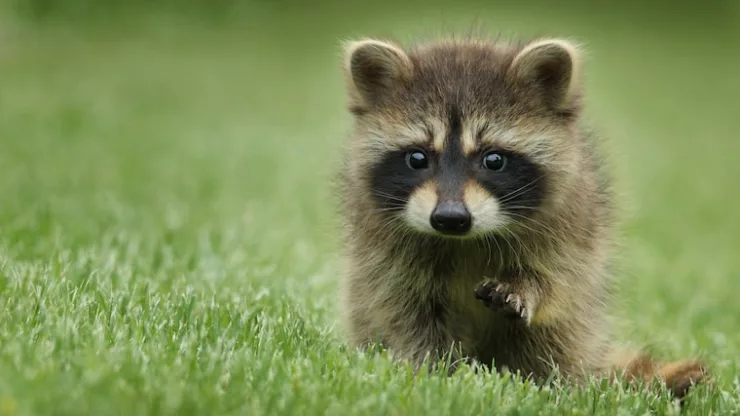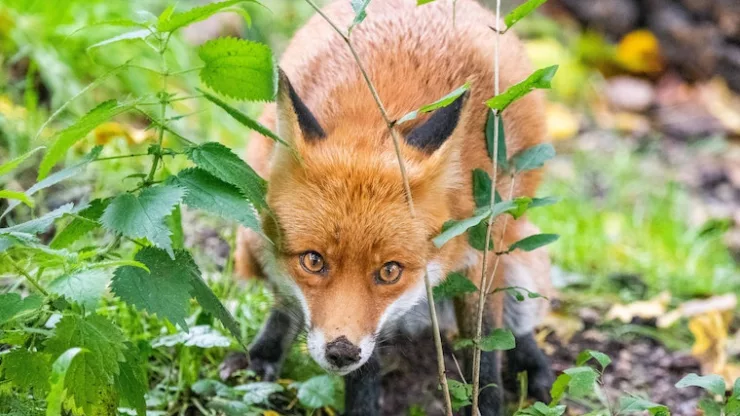Jump to Section
Climate Change and Urban Wildlife: Predicting Future Population Shifts
Climate change is one of the biggest threats to our planet’s ecological balance.
It is changing the way we live and interact with our surroundings, including how we manage our wildlife populations.
Urban wildlife, in particular, is highly susceptible to climate change and faces the challenge of adapting to a rapidly changing environment. Understanding the impact of climate change on urban wildlife populations and predicting future shifts in cities is crucial to devising sustainable solutions to this problem.
Understanding the Impact on Populations
Climate change affects urban wildlife populations in many ways.
For instance, rising temperatures can alter the timing of seasonal events, such as breeding and migration, which can disrupt the timing of food availability and lead to changes in population growth rates.
Additionally, changes in precipitation patterns can influence the availability of water and food, while increases in extreme weather events, such as heatwaves, droughts, and floods, can cause direct mortality and stress.
These impacts can lead to changes in the distribution and abundance of urban wildlife populations, affecting both species that thrive in urban environments and those that move into cities in search of resources.
For example, some species may decline in abundance or even disappear from certain areas, while others may increase their range and population sizes.
Understanding the complex interactions between climate change and urban wildlife populations is essential for predicting future shifts in cities.
Predicting Future Shifts in Cities
Predicting future shifts in urban wildlife populations is a complex task that requires knowledge of the species’ ecology, behavior, and habitat requirements, as well as the potential impacts of climate change.
Researchers use a variety of tools and techniques to forecast how climate change will affect wildlife populations, such as modeling future climate scenarios and examining historical data on population trends.
These predictions can help policymakers and conservationists develop effective management strategies to mitigate the negative impacts of climate change on urban wildlife.
For example, they may identify areas that are likely to become unsuitable for certain species and prioritize conservation efforts to protect them.
Alternatively, they may develop programs to encourage wildlife-friendly practices in urban landscapes, such as green roofs, urban gardens, and wildlife corridors.
Inspiring Action for Sustainable Solutions
The impacts of climate change on urban wildlife are significant, but they are not inevitable.
We can take action to reduce our carbon footprint, conserve natural resources, and create more sustainable urban environments that support wildlife populations.
Some ways to inspire action for sustainable solutions include:
- Raising awareness about the impacts of climate change on urban wildlife through education and outreach programs
- Encouraging community engagement in conservation efforts, such as citizen science projects and habitat restoration initiatives
- Supporting policies and programs that promote sustainable urban planning and green infrastructure
- Adopting wildlife-friendly practices in our homes and neighborhoods, such as reducing pesticide use, planting native species, and providing shelter and water for wildlife
By working together, we can create a more sustainable future for urban wildlife and ourselves.
FAQ
How can climate change affect urban wildlife populations?
Climate change can impact urban wildlife populations by altering the timing of seasonal events, such as breeding and migration, influencing the availability of water and food, and causing direct mortality and stress through extreme weather events.
How can we predict future shifts in urban wildlife populations?
Researchers use a variety of tools and techniques to forecast how climate change will affect wildlife populations, such as modeling future climate scenarios and examining historical data on population trends.
What can we do to mitigate the negative impacts of climate change on urban wildlife?
We can take action to reduce our carbon footprint, conserve natural resources, and create more sustainable urban environments that support wildlife populations.
This includes raising awareness, encouraging community engagement, supporting policies and programs, and adopting wildlife-friendly practices.
I’m a nature enthusiast and creator of Metro Wilds and have spent years exploring the great outdoors.
With a passion for environmental conservation and sustainability, I have dedicated my career to writing about the beauty and wonders of nature, as well as the threats facing our planet.
Contact me at [email protected] for assistance.

